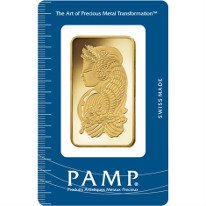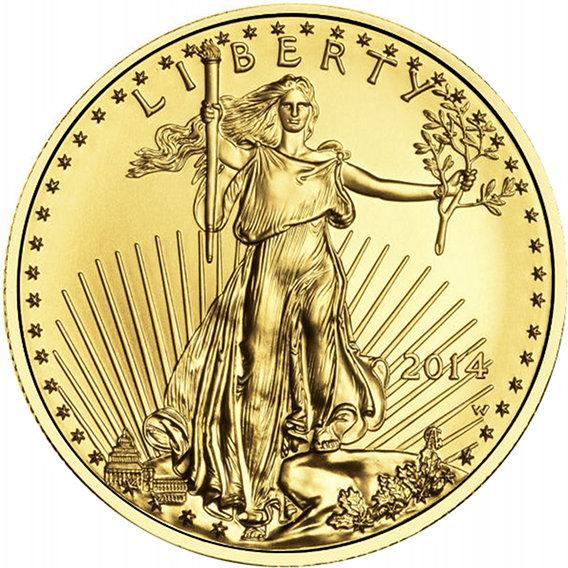Free Gold Price Widget For Your Website
This feature is only supported in the desktop browsers. Please visit this page in your desktop browser to retrieve the widget.
Share live gold prices with your website followers or on your blog, using our free gold price widget. To get started, please select one of the size dimensions from the drop-down menu below, and copy the code from the Widget Code text box and paste it into the desired position in your page. If you have any trouble, please contact us at support@jmbullion.com.
Widget Preview
Widget Code
Gold Prices in Indian Rupees
Gold is a global commodity that can be transacted in any currency. If you are in India, for example, you would likely buy or sell gold using the local currency: the rupee. Gold prices may be quoted by the ounce, gram and kilo. Single ounce gold coins are very popular with investors, and fractional gold coins and bars make investing in gold easier for those on a tight budget.
The Indian Rupee is the official currency of the Republic of India. Like a U.S. Dollar, the rupee can be subdivided into 100 smaller units of currency, known as paise. Per the 1934 Reserve Bank of India Act, the Reserve Bank manages the Indian currency
The rupee is named after is named after a silver coin, the rupiya, that was first issues in the 16th century.
Gold Pricing in Indian Rupees
Gold transactions performed in India are most likely done in rupees. The price of gold will typically be quoted per ounce, gram and kilo. If buying gold jewelry, pieces can vary in price greatly but will likely list their weight in gold which factors into the price.
India is one of the top sources of gold demand in the entire world, and is one of the globe’s biggest importers of the yellow metal. The Bank of India also has one of the largest gold reserves in the world. This South Asian country is home to over 1 billion people, and gold plays a special role within the country. The festival and wedding seasons are very significant drivers of gold demand, and jewelry from the yellow metal makes a great gift.
Gold bars and coins are also highly sought after, however, and are much easier to trade than gold jewelry. These bullion products represent a reliable store of wealth and value. This is especially important in places where there are widespread concerns over corruption and where many citizens do not trust the banking system.
The price of gold in India can be affected by the same factors as the price of gold anywhere else. Some of the main influences on the price of gold may include:
- Central bank buying or selling
- Interest rates
- Inflation
- Geopolitics
- Investment demand
- Equity markets
The price of gold is set by various pricing mechanisms such as the LBMA Gold Fixing Price. Gold prices can at times remain relatively range bound and at times exhibit significant price movement and volatility.
Asian demand for gold, from India and elsewhere, can have a significant impact on the global price of gold.
The India Government Mint
The Indian Government Mint operates four separate branches for the production of coinage. These branches are located in Mumbai, Kolkata, Hyderabad and Noida. The mint supplies coinage to the Reserve Bank of India under the 1906 Coinage Act.
Some of the mint branches produce coin blanks in addition to coinage. Some also feature assaying services. The Mumbai branch is capable of refining gold to .9999 percent purity.
In addition to coins, the mint also produces medallions and commemorative coins.
India’s economy is one of the largest in the world, and it plays a major role in the global economy. The country is classified as a G-20 major economy, and has reportedly seen average economic growth of about 7% over the last two decades.
India may continue to see strong growth rates, and its relatively young population along with ongoing integration into the global economy could boost the nation’s economic standing over the next several years.
The IT industry is one of the largest private sector employers in India, and this area may potentially continue to see significant growth.
Further growth in the Indian economy could potentially increase the value of the nation’s currency. In addition, if incomes and investment rise, demand for gold could potentially increase significantly.
The value of the rupee may be watched by gold investors, as a stronger rupee may make gold relatively less expensive and fuel demand. A weaker rupee, on the other hand, could potentially make gold relatively more expensive and squeeze demand.
World Gold Prices
- Arab Emirates Gold Price
- Australia Gold Price
- Brazil Gold Price
- Canada Gold Price
- Chile Gold Price
- China Gold Price
- Czech Republic Gold Price
- Denmark Gold Price
- Europe Gold Price
- Hong Kong Gold Price
- Hungary Gold Price
- India Gold Price
- Indonesia Gold Price
- Israel Gold Price
- Japan Gold Price
- Malaysia Gold Price
- Mexico Gold Price
- New Zealand Gold Price
- Norway Gold Price
- Pakistan Gold Price
- Philippines Gold Price
- Poland Gold Price
- Russia Gold Price
- Singapore Gold Price
- South Africa Gold Price
- South Korea Gold Price
- Sweden Gold Price
- Switzerland Gold Price
- Taiwan Gold Price
- Thailand Gold Price
- Turkey Gold Price
- United Kingdom Gold Price
- United States Gold Price










